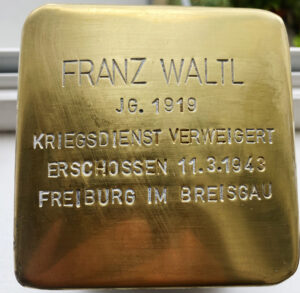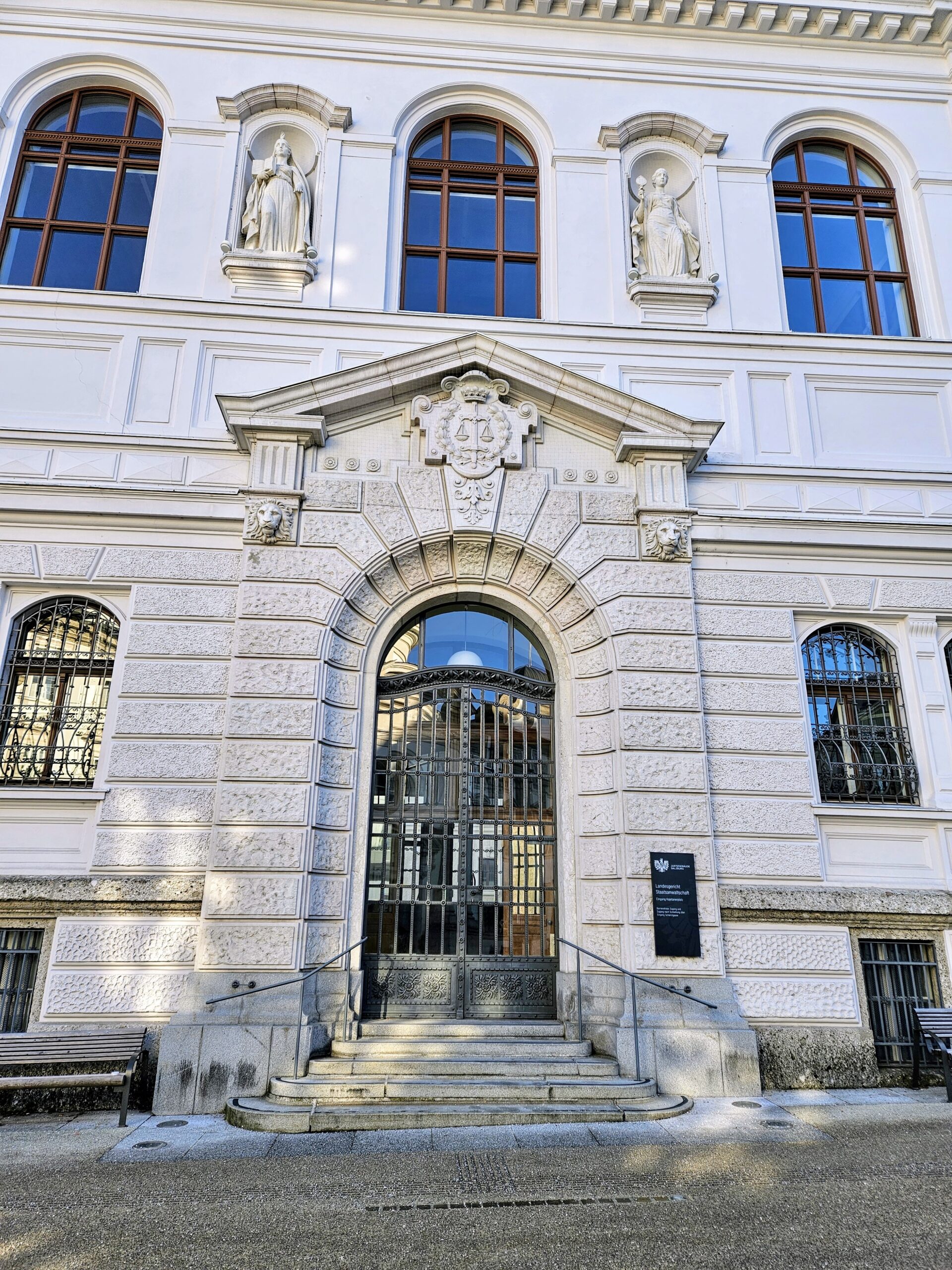Franz WALTL was born in the small village of Molzbichl bei Spittal an der Drau (150 Km south of Salzburg in Carinthia) on March 6, 1919.
He was baptized in the Roman Catholic Church and was the son of Maria Waltl née Eibegger and Franz Waltl. The elder Franz Waltl was a baker in Spittal an der Drau, and he died sometime around 1930.
During the Great Depression the young widow moved with her underage son Franz to Kaprun near Zell am See, where she would have had more possibilities for finding employment. As is usual with poor people, the two of them left few traces in official records.
Franz WALTL never learned a skilled trade and worked as a laborer and mountain guide in Kaprun. In the war year 1940, he married Antonia Hardtmann who had been born in 1920. The young couple had two children, Paula und Ferdinand – a family good fortune that was short-lived.
A previously unknown document provides information about the violent end of a young life under the Nazi dictatorship: The 24-year-old Franz WALTL, a soldier in the 137th Mountain Infantry Replacement Regiment, stationed in the Glasenbach barracks near Salzburg, was shot dead on March 11, 1943 — not in Glanegg near Salzburg where many other soldiers were executed, but 600 Km to the west in Freiburg on the Upper Rhine.
»Cause of death: Execution of judgment« according to the Commander’s Office of the Upper Rhine fortifications.
According to the current state of knowledge, it cannot be determined which court-martial imposed the death penalty on Franz WALTL for desertion, or the circumstance which led to this.
A lot remains unknown, not least due to the lack of any court-martial or victim’s compensation records.
Franz WALTL is, on top of that, one of many victims of National Socialist wartime justice who do not appear either in the documentation Widerstand und Verfolgung in Salzburg 1934-1945 [Resistance and Persecution in Salzburg 1934-1945], published in 1991, or in the victims’ database of the Documentation Center of Austrian Resistance.
But research has indicated that his mother, his wife, and his two children were all able to survive the years of terror in Kaprun.
Sources
- Archives of the Diocese of Gurk (Birth, Death and Marriage record books)
- Salzburg city and state archives
- Freiburg im Breisgau city archives
- Headquarters of the Upper Rhine fortifications in Freiburg im Breisgau: notification to the Wehrmacht information center in Berlin
Stumbling Stone
Laid 27.09.2022 at Salzburg, Kajetanerplatz 2





